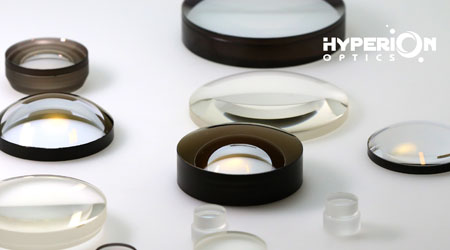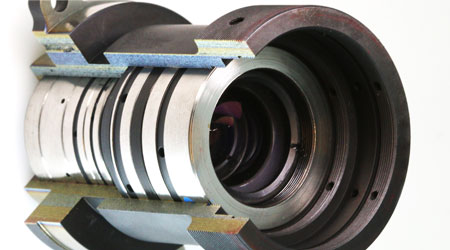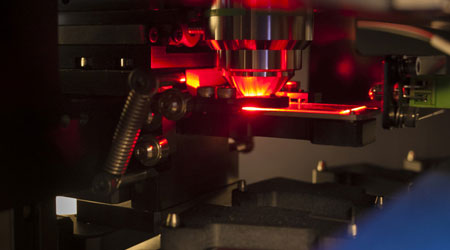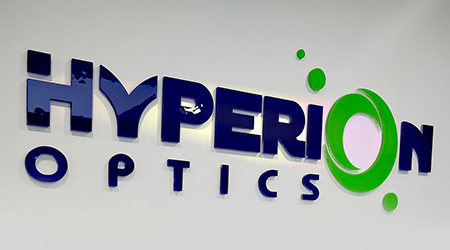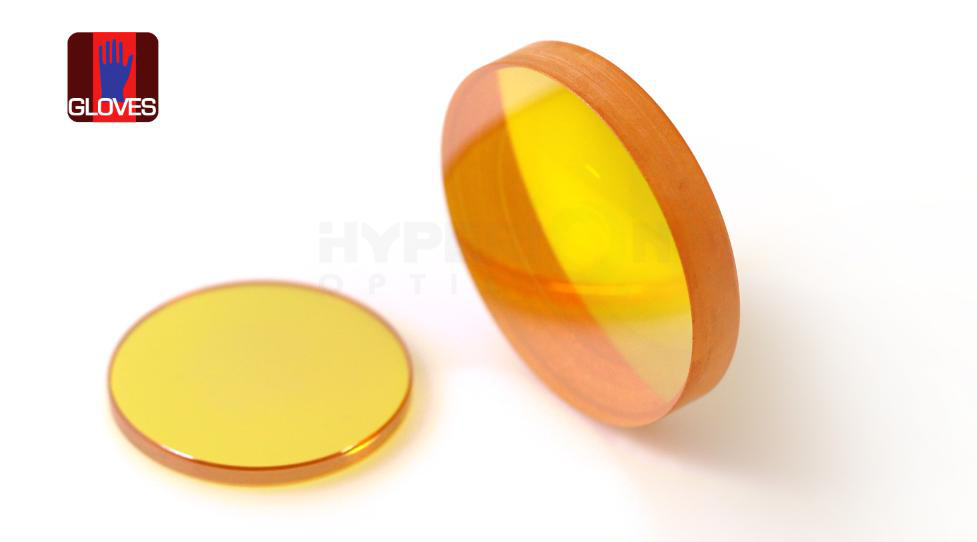
Zinc Selenide has great transmittance through the band 0.5-22μm, especially at 10.6μm, and is commonly used in thermal imaging and FLIR systems, also its outstanding low absorption coefficient and high resistance to thermal shock makes it an ideal choice for high power CO2 laser applications. For laser ZnSe components please browse our Laser Optics category for more information.
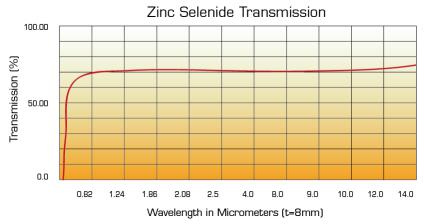
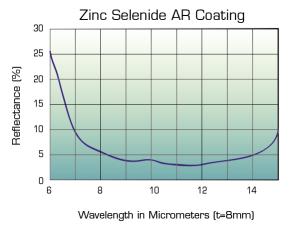
Since Zinc Selenide is a relatively soft material that scratches and digs can be easily remained on the surfaces during processing flow, it is not recommended for use within harsh environments, Hyperion Optics’ advanced manufacturing techniques for ZnSe ensure superior surface quality compared to our competitors. For cosmetic sensitive systems, our best effort can reach 20-10 in S/D grade. ZnSe aspheric lenses are also available for your application; please refer toIR Aspheric Lenses for more information. ZnSe Dome optics are also available in ourDomecategory.
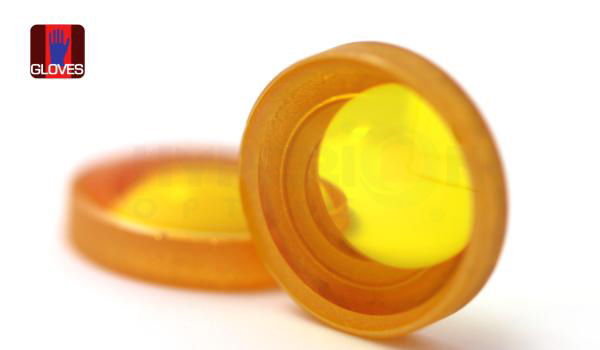
Our ZnSe lenses are also available with AR coating according to specific requirement. Please take great care when handling, mounting and cleaning ZnSe lenses, further, For your safety, please follow all proper precautions, including wearing gloves when handling these lenses and thoroughly washing your hands afterward.
|
ZnSe Refractive Index vs. Wavelength |
|||
|
Wavelength (µm) |
Index |
Wavelength (µm) |
Index |
|
0.62 |
2.5994 |
10.60 |
2.4028 |
|
1.00 |
2.4892 |
13.00 |
2.3850 |
|
3.80 |
2.4339 |
14.60 |
2.3705 |
|
5.00 |
2.4295 |
16.60 |
2.3487 |
|
7.00 |
2.4218 |
17.80 |
2.3333 |
|
9.00 |
2.4122 |
18.20 |
2.3278 |
|
Zinc Selenide |
COMMERCIAL GRADE |
FACTORY STANDARD |
PRECISION GRADE |
|
Diameter Tolerance(mm) |
+0/-0.20 |
+0/-0.10 |
+0/-0.025 |
|
Center Thickness(mm) |
±0.20 |
±0.15 |
±0.10 |
|
Radius (%) |
±2% |
±1.5% |
±1% |
|
Focal Length Tolerance (%) |
<3% |
<3% |
<1% |
|
Cosmetic(MIL-C-13830A) |
80-50 |
60-40 |
40-20 |
|
Figure Tolerance in λ(Pow/irreg) |
5 - 2 |
2 - 1/2 |
1 - 1/4 |
|
Centration (Arc min) |
5' |
3' |
1' |
|
Coating (R% avg) |
|||
|
Materials |
CVD Zinc Selenide |
||
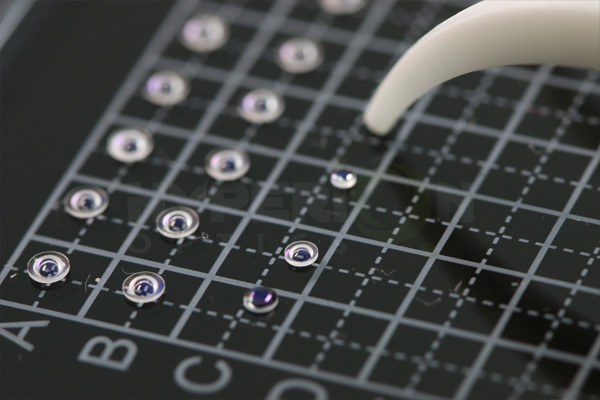
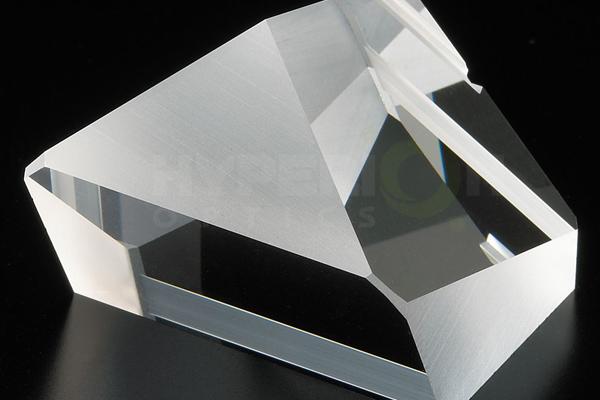
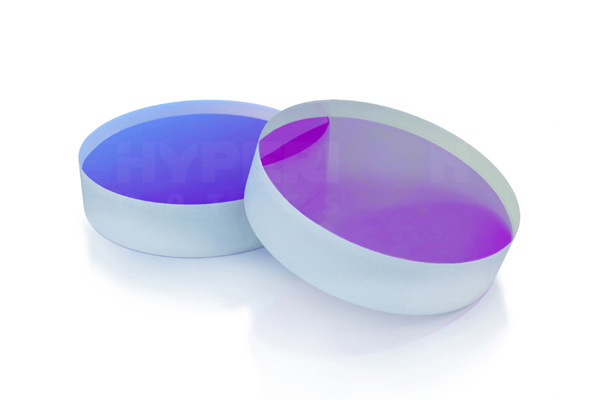
 Call us on:
Call us on:  Email us:
Email us:  R&D Center: Aoti Street #68 Building 4A 405 International R&D park, Nanjing
R&D Center: Aoti Street #68 Building 4A 405 International R&D park, Nanjing









 English
English  cn
cn  de
de  es
es  fr
fr 